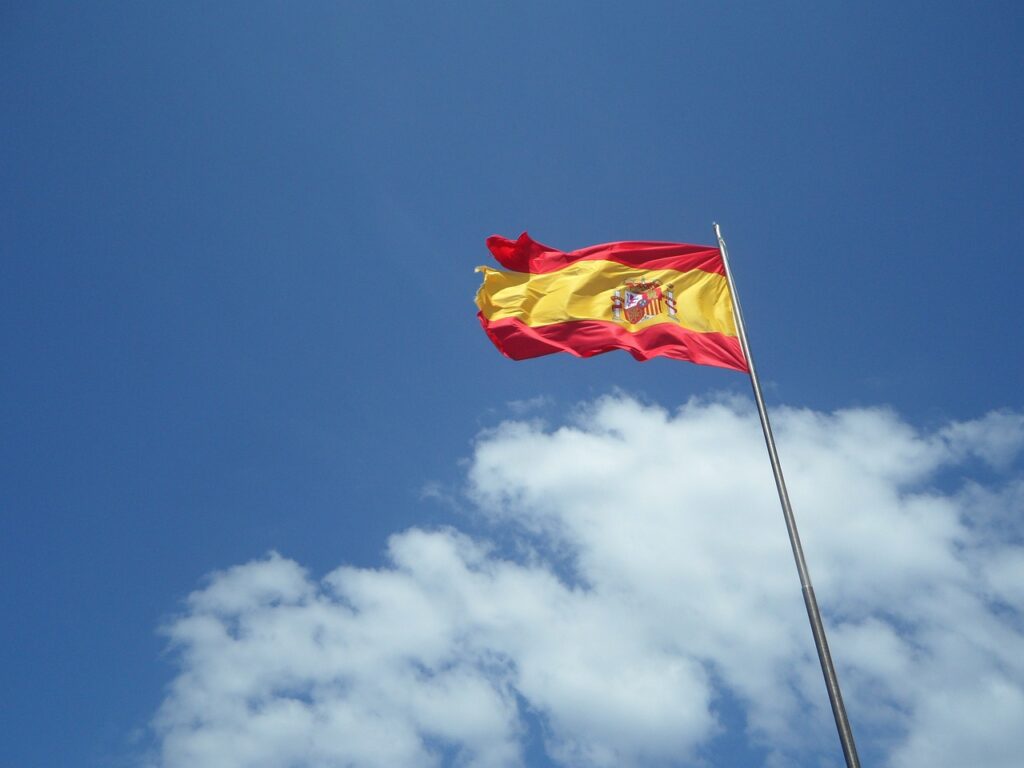Spain is preparing to inject unprecedented resources into its power network as surging demand from hydrogen, renewables, and data infrastructure strains the country’s existing grid.
At an event in Madrid, the government unveiled the general outlines of its proposed Electricity Transmission Grid Planning strategy to 2030, setting a €13.59 billion budget for the transmission network — a sharp increase from the €8.2 billion allocated for 2021–2026. An additional €1.52 billion is earmarked for new interconnections with the European Union, while more than €20 billion will be available for distribution upgrades through the end of the decade.
The scale of the challenge was underscored earlier when capacity maps showed that 83.4% of electricity distribution nodes are already saturated. To address this bottleneck, a draft royal decree proposes raising current investment limits by 62%, unlocking €7.7 billion for distribution and €3.6 billion for transmission beyond what existing caps allow. Officials emphasized that the spending uplift will not directly increase household bills, with costs expected to be absorbed across the sector as higher demand expands the revenue base.
Beyond raw capacity, the plan introduces stricter accountability for network operators. Under the draft decree, distributors will face the same investment transparency standards applied to Red Eléctrica de España, requiring clear justification for projects and prioritization of existing infrastructure when it reduces system costs. At least 10% of the expanded budget will be directed to enhancing system security, including voltage monitoring — a response to the nationwide blackout on April 28 that exposed vulnerabilities in grid resilience.
Forecasts underpinning the strategy reflect how profoundly Spain’s energy landscape is shifting. The Ministry for Ecological Transition projects 27.7 GW of new transmission demand by 2030, nearly 14 times higher than earlier estimates. Green hydrogen accounts for almost half of this requirement at 13.1 GW, followed by 9 GW from industrial users, 3.8 GW from new data centers, and 1.2 GW from port electrification. On the distribution side, demand is expected to add another 5.3 GW, supported by 422 proposed connection extensions, including 142 for new transmission users and 84 for specialized operators such as railway and port authorities.
The announcement also coincides with an unprecedented surge in generation interest: requests for 150 GW of solar capacity and over 100 GW of storage have been lodged — five and nine times higher, respectively, than the volumes foreseen in Spain’s Integrated National Energy and Climate Plan. Secretary of State for Energy Joan Groizard described the grid blueprint as “a new approach to a historic opportunity,” noting that modernizing the network is essential for integrating clean energy, scaling hydrogen projects, and enabling the data-driven economy.
Stay updated on the latest in energy! Follow us on LinkedIn, Facebook, and X for real-time news and insights. Don’t miss out on exclusive interviews and webinars—subscribe to our YouTube channel today! Join our community and be part of the conversation shaping the future of energy.





